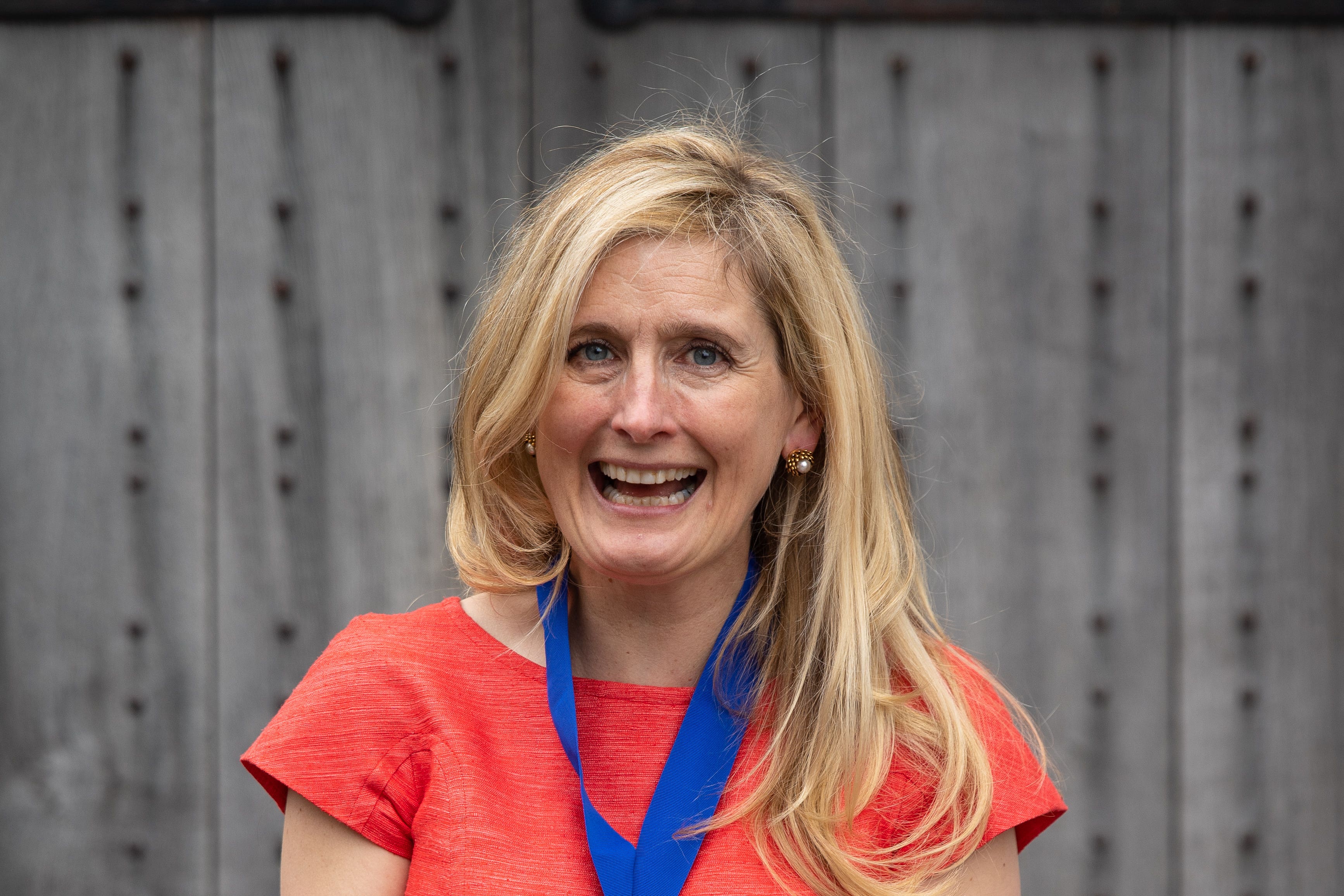Cressida Cowell unveils Scottish island that inspired How To Train Your Dragon
The author has written a new short story How To Train Your Hogfly to mark 20 years since the first book.

Author Cressida Cowell has revealed the specific island off the west coast of Scotland which inspired her series How To Train Your Dragon to mark the 20th anniversary of the first book.
The Children’s Laureate, who has until now kept the name of the island a closely-guarded secret, disclosed she spent her childhood summers on Little Colonsay just off the Isle of Mull in the Inner Hebrides.
The 57-year-old told the PA news agency: “It’s a really extraordinarily beautiful place and it’s lovely to talk about it because it is an extraordinarily beautiful part of the world and it has inspired what is now a 20-year-old book franchise and a movie franchise, so it seems nice to say what part of the world inspired it.”
She continued: “I meet so many people in Scotland who are proud of how beautiful Scotland is and it’s lovely to pay tribute to that.”
Cowell said it was her environmentalist father, who died five years ago, who had not wanted her to name the island because he had the idea that “masses of people would go and see it”.
She told PA: “It’s somewhere you can point out but it’s difficult to land on it, so my mother and sister agreed it would be good to say just so that people knew.
“It seemed a bit odd not to say what inspired it so it has been a long time coming.”
Cowell, who first stepped foot on the island aged three, said every summer the family would be dropped off by a local boatman and would have to forage and fish for food.
She said of her father, who was a “life-long” campaigner for environmental causes: “It was a place where he was happiest and so it’s a very special place and completely the inspiration for the book.
“He just loved wildness and so for him it was his heart place and when he died he had photographs all over his hospital room of the island.”
The author said there was no electricity on the island, so while her father pursued fishing and bird-watching, she delved into fantasy tales from real-world vikings who once lived there.
She said: “My dad used to collect the local stories, and because we didn’t have a television or any electricity, he would then tell us these stories…A lot of the stories were about dragons because vikings believed that dragons were real creatures.”
The storyline of How To Train Your Dragon, which became a DreamWorks film series starring Gerald Butler and a new live-action movie for 2025, centres around a macho father and viking leader called Stoick the Vast, and his small, clumsy but inventive son Hiccup.
In a world where Vikings are the mortal enemies of dragons, Stoick is the chief dragon slayer, but Hiccup cannot bring himself to follow in his father’s footsteps after growing attached to a dragon named Toothless.
Cowell said she was writing stories about vikings and dragons on the island aged nine because “we didn’t have a telly and it rains sometimes in Scotland so I was drawing and making things up”.
She has since taken her own children to the island, describing it as a “lifelong thing”.
To mark the 20th anniversary of the first book in the series of 12, Cowell has written a new short story titled How To Train Your Hogfly, which will be published in the special anniversary edition of How To Train Your Dragon on June 8.
Cowell said delving back into that world to write the short story after seven years was like meeting “old friends”, describing it as “rather wonderful”.
She also described reaching the anniversary milestone as “bittersweet”.
“I started writing my first book when my first baby was born, it could have been called How To Train Your Baby, so that’s why I started thinking about parents and children and what kind of a parent I was going to be and looking back to my own childhood.
“Of course my children have grown up while I was writing the books and so it’s a sort of bittersweet feeling getting to the 20th anniversary because my children are all grown up,” Cowell said.
The author said the first book “wasn’t an overnight success” but gained a cult following and said it’s “wonderful” to see children reading amid the “best telly and internet ever”.
She added that as a child she did not have good handwriting or good spelling and “never” thought she could be a writer, describing her ongoing success as an “extraordinary feeling”.
Bookmark popover
Removed from bookmarks